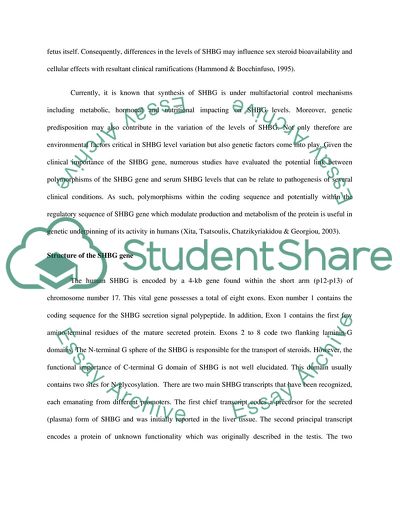Cite this document
(Sex Hormone-Binding Globulin Gene Essay Example | Topics and Well Written Essays - 4500 words, n.d.)
Sex Hormone-Binding Globulin Gene Essay Example | Topics and Well Written Essays - 4500 words. https://studentshare.org/biology/1797403-human-genome-project-pcr
Sex Hormone-Binding Globulin Gene Essay Example | Topics and Well Written Essays - 4500 words. https://studentshare.org/biology/1797403-human-genome-project-pcr
(Sex Hormone-Binding Globulin Gene Essay Example | Topics and Well Written Essays - 4500 Words)
Sex Hormone-Binding Globulin Gene Essay Example | Topics and Well Written Essays - 4500 Words. https://studentshare.org/biology/1797403-human-genome-project-pcr.
Sex Hormone-Binding Globulin Gene Essay Example | Topics and Well Written Essays - 4500 Words. https://studentshare.org/biology/1797403-human-genome-project-pcr.
“Sex Hormone-Binding Globulin Gene Essay Example | Topics and Well Written Essays - 4500 Words”. https://studentshare.org/biology/1797403-human-genome-project-pcr.


